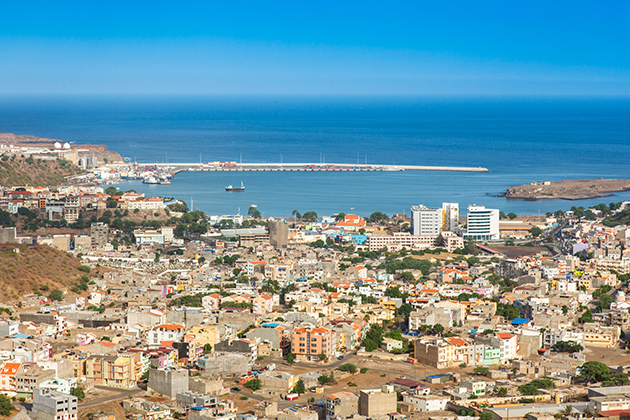Project Overview
To determine which of four proposed water supply technologies represents an economically feasible investment.
USAID Uganda is considering investing in water supply technologies to address water supply, access and associated health and productivity issues. Mathematica contributed to the decision-making process with our expertise in water supply infrastructure and conducting CBAs.
Integra LLC
U.S. Agency for International Development
We had three major accomplishments: (1) Produced a clear conceptualization of client investments: We provided clients with a clear conceptualization of the technologies they proposed reviewing. (2) Produced a clear and intuitively structured CBA model: We produced a high-quality cost-benefit analysis model. The model structure ensures clarity, usability and transparency of all data used for parameterization. 3) Transparency in data used. We ensured complete transparency of all data and assumptions used.
The analysis finds that three of the four technologies have high returns. Borehole with handpump, borehole with solar pump and sand dam all have benefit-cost ratios that exceed two (every dollar invested returns over two dollars in economic benefits), driven by health benefits and agricultural benefits. Finally, we propose that a combination of two technologies (sand dams and borehole with solar pump) has the highest potential social benefits in addition to high benefit-cost ratio.
Efficiency Meets Impact.
That's Progress Together.
To solve their most pressing challenges, organizations turn to Mathematica for deeply integrated expertise. We bring together subject matter and policy experts, data scientists, methodologists, and technologists who work across topics and sectors to help our partners design, improve, and scale evidence-based solutions.
Work With Us
